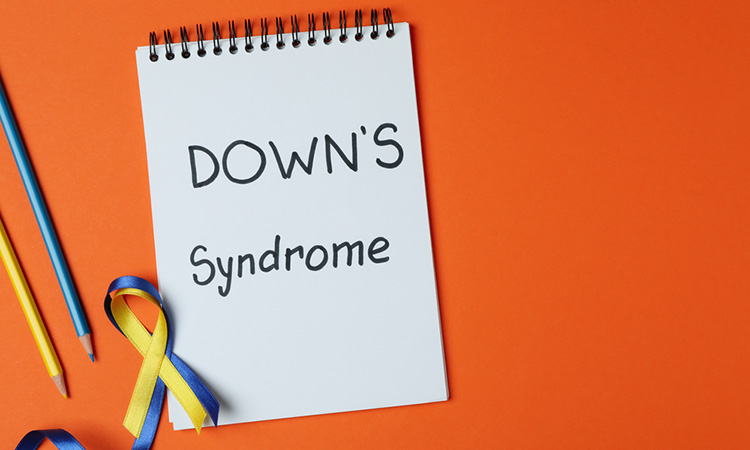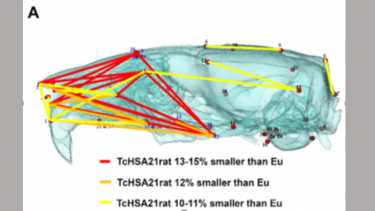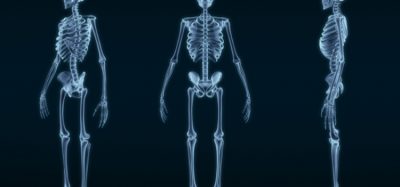New genetic model of Down’s syndrome developed in rats
Posted: 25 March 2022 | Ria Kakkad (Drug Target Review) | No comments yet
Scientists have created what they believe is the first rat model of Down’s syndrome. The animal model shares features with human Down’s syndrome, which will allow for efficient testing of new therapies.


Researchers at John Hopkins Medicine, US and Tottori University, Japan have created a genetic model of Down’s syndrome in rats, which will enable better testing for therapeutics and study of the impacts of the genetics associated with the condition. The breakthrough, which was recently reported in The American Journal of Human Genetics, is believed to be the first rat model of Down’s syndrome.
Unlike humans, rats do not randomly produce offspring with extra 21st chromosomes. In order to generate rats with an additional 21st chromosome, the researchers transferred the 21st chromosome from human white blood cells to mouse cells, then to chicken cells, then hamster cells and finally, into a rat embryo. At each transfer, the researchers made different genetic modifications, including the addition of a green glowing protein, which under ultraviolet light identified rats with extra 21st chromosomes. The team then assessed the genetically engineered rats’ cognition and physical characteristics for traits associated with an extra 21st chromosome.
To test the rats’ learning and memory the researchers conducted standardised maze tests with the genetically engineered rats. The researchers found that the rats with an extra 21st chromosome took longer to solve the maze than genetically typical rats and had difficulties remembering the maze’s solution when challenged to solve the same puzzle over four consecutive days. Other cognitive tests revealed that rats with an extra 21st chromosome were more anxious and hyperactive than rats without the extra chromosome. These results are consistent with assessments in people with Down’s syndrome, who report having higher rates of anxiety, attention disorders and learning and memory impairments. The researchers also found that the cerebellum was significantly smaller in rats with an extra 21st chromosome, similar to humans with the condition. Furthermore, 17 percent of the rats with an extra 21st chromosome had an abnormality of heart ventricles that is similar to one diagnosed in up to 21 percent of children with Down’s syndrome.


The facial differences in rats with an extra 21st chromosome mapped on the skull by a computer programme.
[Credit: Roger Reeves and Johns Hopkins Medicine].
The distinct facial differences in people with Down’s syndrome, such as flatter faces, almond-shaped eyes and smaller heads, were also present in the rats. The skulls were scanned in a computerised tomography (CT) machine and the data added to a computer modelling programme, which revealed that the rats had shortened snouts. The bones making up these features in the rat skull correspond to those in human skulls that make up the characteristic facial “flattening” in people with Down’s syndrome.
“If we eventually translate that into medicines for humans, we may be able to help people with Down’s syndrome improve their learning and memory skills,” concluded Dr Roger Reeves, Professor of physiology at the Johns Hopkins University School of Medicine.
Related topics
Computerised Tomography (CT), Gene Testing, Gene Therapy, Genetic Analysis, In Vivo, Research & Development, Translational Science
Related conditions
Down syndrome
Related organisations
John Hopkins Medicine, Tottori University
Related people
Dr Roger H. Reeves








